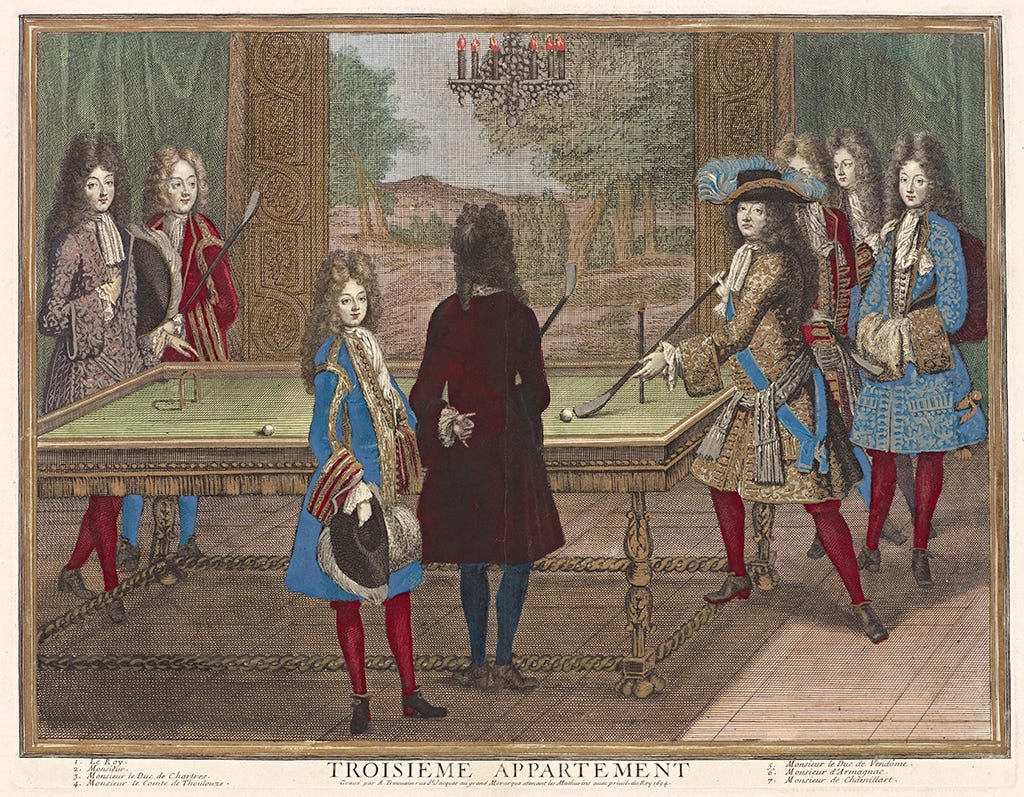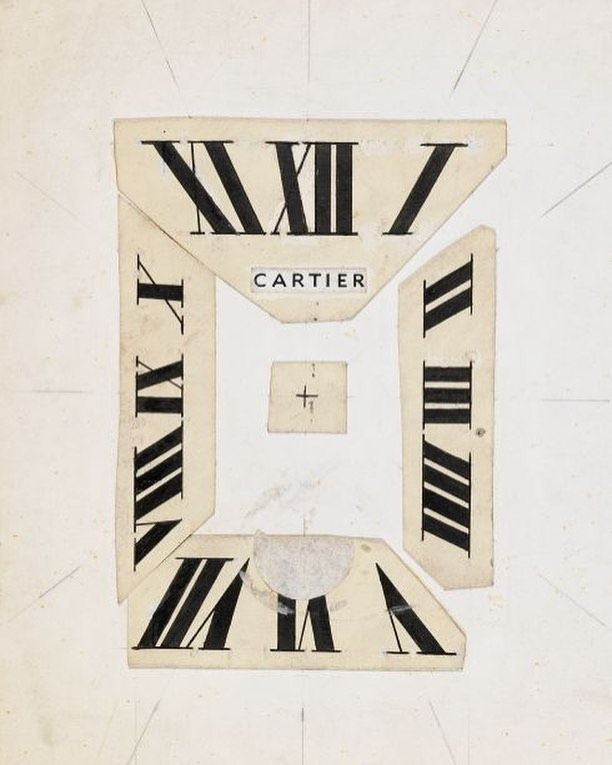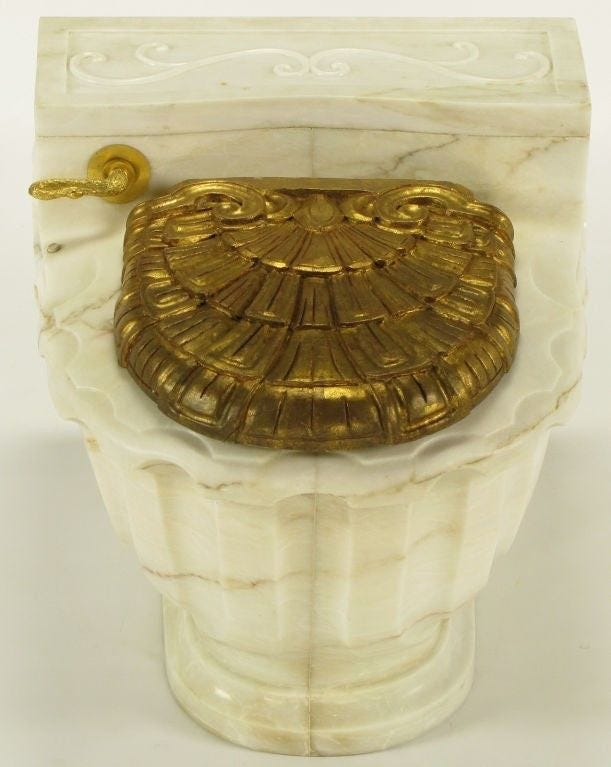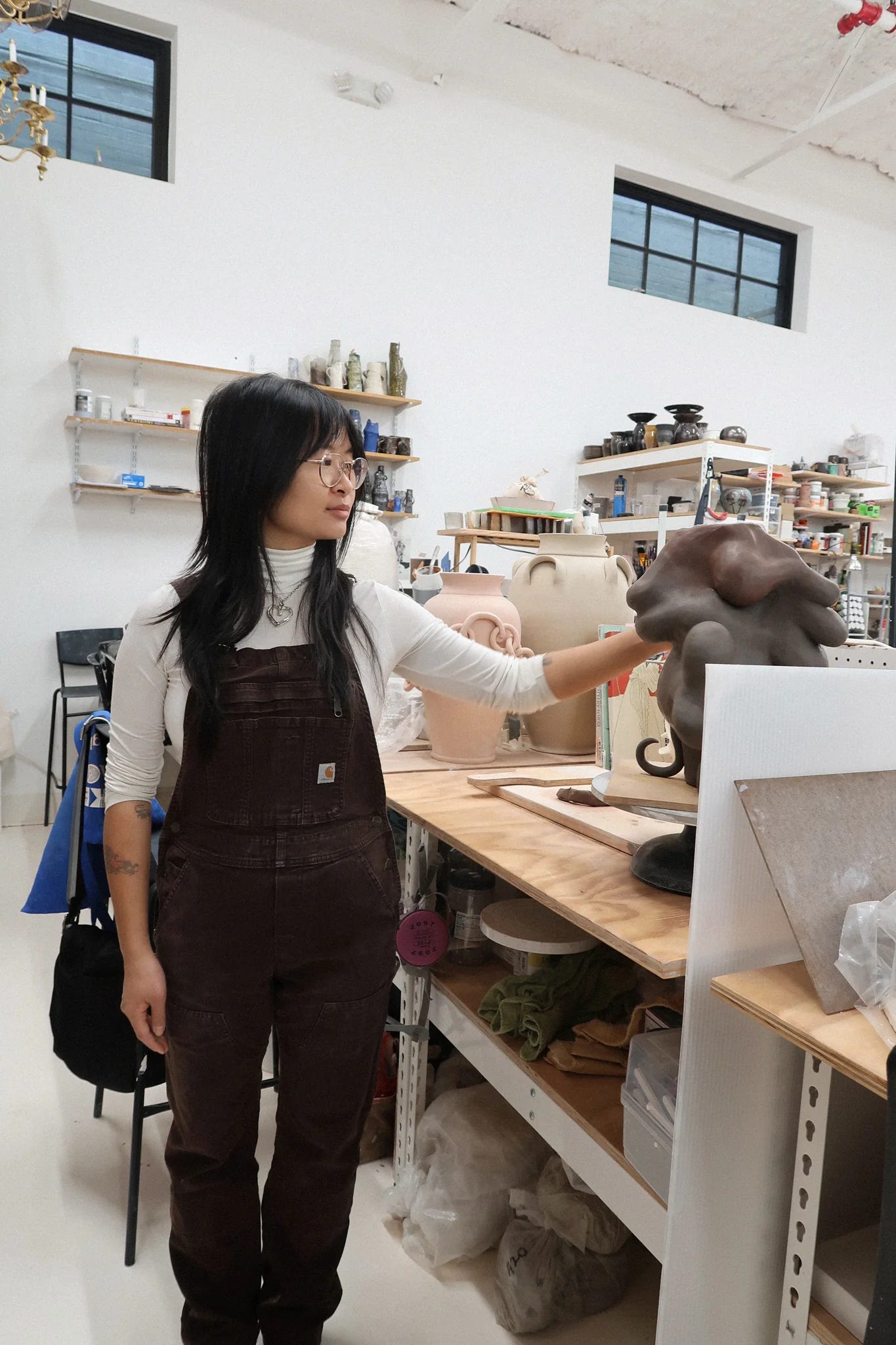Did I get you with that title? Are you sufficiently invested? Do you want to know the answer? Me too. I have spent an inordinate amount of time thinking about what luxury means to people. The following is not just for someone trying to sell a luxury product but for anyone who cares about thoughtful consumption and the luxury experience today. At LES, we sell art and design—beautiful objects that no one needs to survive. Despite their lack of utility, these objects are expensive, and it is our job to present them in their very best light. I once heard that art is luxury taken to its extreme. No one needs art, but what would life be without it? So, do I have a definitive answer to how to sell luxury? Not exactly. But I have thoughts, and I'm taking you along as I puzzle through them.
A (Very Brief) History of Luxury
First, some context—because research itself is a luxury, and history offers a fascinating lens into how this theme has evolved.
Luxury has been deeply intertwined with societal values and authority throughout history. In ancient civilizations such as Rome and Greece, luxury—often referred to as "luxuria"—was associated with excess and moral decay. It was seen as a sign of overindulgence and a departure from virtuous living. Despite its negative moral overtones, luxury items like fine clothing, elaborate banquets, and ornate decorations began to serve as early markers of status and wealth—because, of course, they did (humans).
By the medieval era, luxury was more than just a status symbol; it was tightly regulated to reinforce social hierarchies. Who could wear silk? Who could own gold-trimmed furniture? These were decisions of power and control.

During the Renaissance, luxury began to more closely resemble what we experience today. It was no longer viewed as morally suspect but was celebrated for its connection to art, culture, and refined taste. It was still closely tied to authority (think King Louis XIV's opulent and carefully orchestrated displays at Versailles), but it also began to expand to patronage and cratsmanship.
With the Industrial Revolution came another shift– as everyday items became standardized, luxury was redefined by exceptional craftsmanship, rarity, and the personal experience it provided. Brands that continued to focus on handcrafted, bespoke products maintained their allure as purveyors of genuine luxury, emphasizing exclusivity over volume.
Where Are We Today?
Let's start with the definition:
In reality, luxury today is elusive. It's highly personal and entirely relative. If luxury is about emotional pleasure derived from experiencing something extraordinary, then it's bound to vary widely. For one person, luxury might be a Michelin-starred dinner. For another, it's a home-cooked meal with a glass of wine and no obligations. You get the idea. Luxury can be defined only in its broadest sense.
Themes in Luxury
While luxury is subjective, some common threads emerge:
It is not necessary for survival. Luxury exists in contrast to necessity. It's extra.
It may involve comfort—but not always. Anyone who's ever worn a $900 pair of stilettos knows this truth.
It often denotes superior quality, aesthetics, and craftsmanship—but not universally. (Again, relativity.)
As in the past, it is still often associated with opulence, exclusivity, and expense. An outward indicator of wealth and status– but this is not always the case (thankfully, you can see where my opinions lie)
For others, luxury is something far more subtle, personal, and emotional.
To complicate matters, the word "luxury" has been overused in our digital world to the point of meaninglessness. From haircare to handbags, brands use the term to elevate anything they want to sell. (I get it; sometimes, you just have to get copies out the door.)
Defining Luxury for Yourself
In a world where the term is diluted, the real key is understanding your own tastes and values. Only by defining luxury personally, can you truly experience it.
For me, luxury and authenticity are inextricably linked. The ultimate luxury is feeling wholly like myself. Said another way, it is the desire to be different. It is about inspiration, creativity, and self-expression. It is about seeking out things that delight. Sometimes, luxury is about consuming (art, objects, content). Other times, it is about experience and connection.
Understanding what luxury means to me has been critical in my journey to build a luxury brand and for my goal of being a thoughtful consumer. While my definition will no doubt change as I evolve, I am clear on what it means to me now and, more importantly, how it feels when I experience it.

Here are some of my favorite luxuries (in no specific order)
A heated toilet seat (bonus if it automatically raises)
Jewelry made by a friend
A piece of clothing I have had for years and worn innumerable times
Reliable high-quality healthcare
Site-specific artwork
TIME
Reading
A vintage coat that I spent months tracking down on eBay
Friends that I have had since childhood
A long lunch with an artist I admire
Happy children
A pair of shoes that look good with almost any outfit
A hand massage from my husband as I fall asleep
Help (with children, work, carrying a heavy bag, really anything)
Writing a substack newsletter
The right kind of vacation
A handmade piece of pottery
An obscure watch that is hard to find

Selling Luxury: A Note to Myself
So, how do you sell a luxury product? If I were to distill my advice—mostly to myself—it would be this:
Get clear on what luxury means to you. Get really specific, then take a step back. What are the recurring themes?
Consider what group of people would experience your product as a luxury and why. Talk to them.
Be very precise with language. Vague, sweeping statements about "experiencing luxury" get lost in the noise. Luxury, by nature, should feel intentional.
Luxury is an evolving concept—personal, fluid, and ever-changing. Like many topics I write about here, it is about moving through the world with intention. And at its core, it's about what makes life richer, more beautiful, and more deeply felt.
For a bit of housekeeping… I know I promised that a guide to my favorite vintage fashion resources was coming this week, but it is taking longer to compile than expected! So stay tuned…
And now for some LES news… head to the journal for our recent studio visit with Sivim Ly

Keep Reading…
Menopause at 35
Two years ago, I had my ovaries removed, and at 35 years old, I entered surgically induced menopause. Let me start with the opposite of a trigger warning: this story has a happy ending. So, if you are awaiting your own oophorectomy and have been avoiding the myriad of horror stories on the internet, you can safely read on.
What I Learned From Elsa Schiaparelli About Art and Marketing
Looking at a watercolor feels like gazing into a dream—soft, fluid, and endlessly captivating. The way the colors mute, blend, and bleed creates a kind of magic. When juxtaposed against the crisp precision of a line drawing, a narrative unfolds, taking shape and meaning, though ambiguous enough to leave space for imagination. There's a sense of childlik…
Breaking Up with Wellness (Kind Of)
What if I told you there's a way to improve your immune system, gut health, metabolism, and sleep while getting glowy skin, shiny hair, and a sharper mind? Oh, and by the way, you will sleep better, age slower, and get stronger. All you have to do? Pay $110 a month and ingest a substance with a mysterious proprietary ingredient that looks and tastes exa…











Love this Lauren!❤️
Excellent writing ... as always. Thank You!!